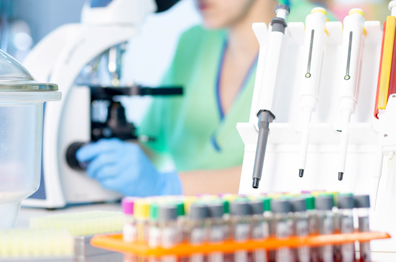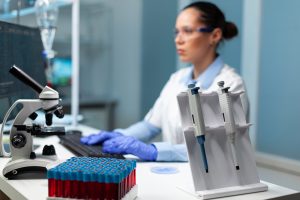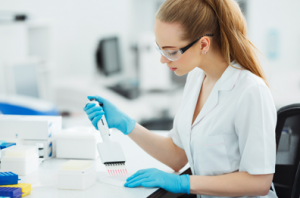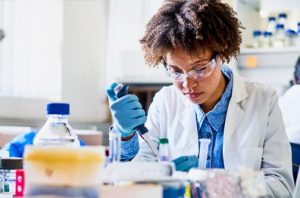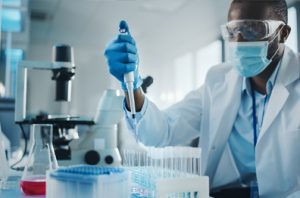Pipettes are critical tools in many laboratory experiments, and their accuracy is crucial to obtaining reliable results. However, pipettes can drift out of calibration over time due to factors such as wear and tear, environmental conditions, and improper handling. In this blog, we will discuss the frequency of pipette calibration and the factors to consider when determining a calibration schedule.
The frequency of pipette calibration depends on several factors, including the pipette’s frequency of use, the environment in which it is used, and the manufacturer’s recommendations. Pipettes that are used frequently or in harsh environments may require more frequent calibration than those that are used less frequently or in controlled environments.
In general, pipettes should be calibrated at least annually or whenever they are subjected to significant environmental changes or repairs. However, laboratories may opt for more frequent calibration to ensure that their pipettes are operating within the required specifications.
To determine the appropriate calibration schedule for your laboratory, consider the following factors:
Manufacturer’s Recommendations
The manufacturer’s recommendations for calibration frequency should be your starting point. Check the manufacturer’s guidelines to determine the recommended calibration frequency for your pipettes.
Frequency of Use
The frequency of pipette use can affect the pipette’s accuracy and may require more frequent calibration. If a pipette is used frequently, it may require more frequent calibration than one used less frequently.
Environmental Factors
Environmental factors such as temperature, humidity, and exposure to chemicals can affect the accuracy of pipettes. Pipettes used in harsh environments may require more frequent calibration than those used in controlled environments.
Regulatory Requirements
Some regulatory bodies may have specific requirements for pipette calibration frequency. Ensure that your laboratory meets any regulatory requirements for pipette calibration.
In conclusion, the frequency of pipette calibration depends on several factors, including the manufacturer’s recommendations, the frequency of use, environmental factors, and regulatory requirements. Regular calibration is necessary to ensure that pipettes are operating within the required specifications and to obtain reliable and accurate results in laboratory experiments. Determining an appropriate calibration schedule for your laboratory can help maintain pipette accuracy and consistency over time.

